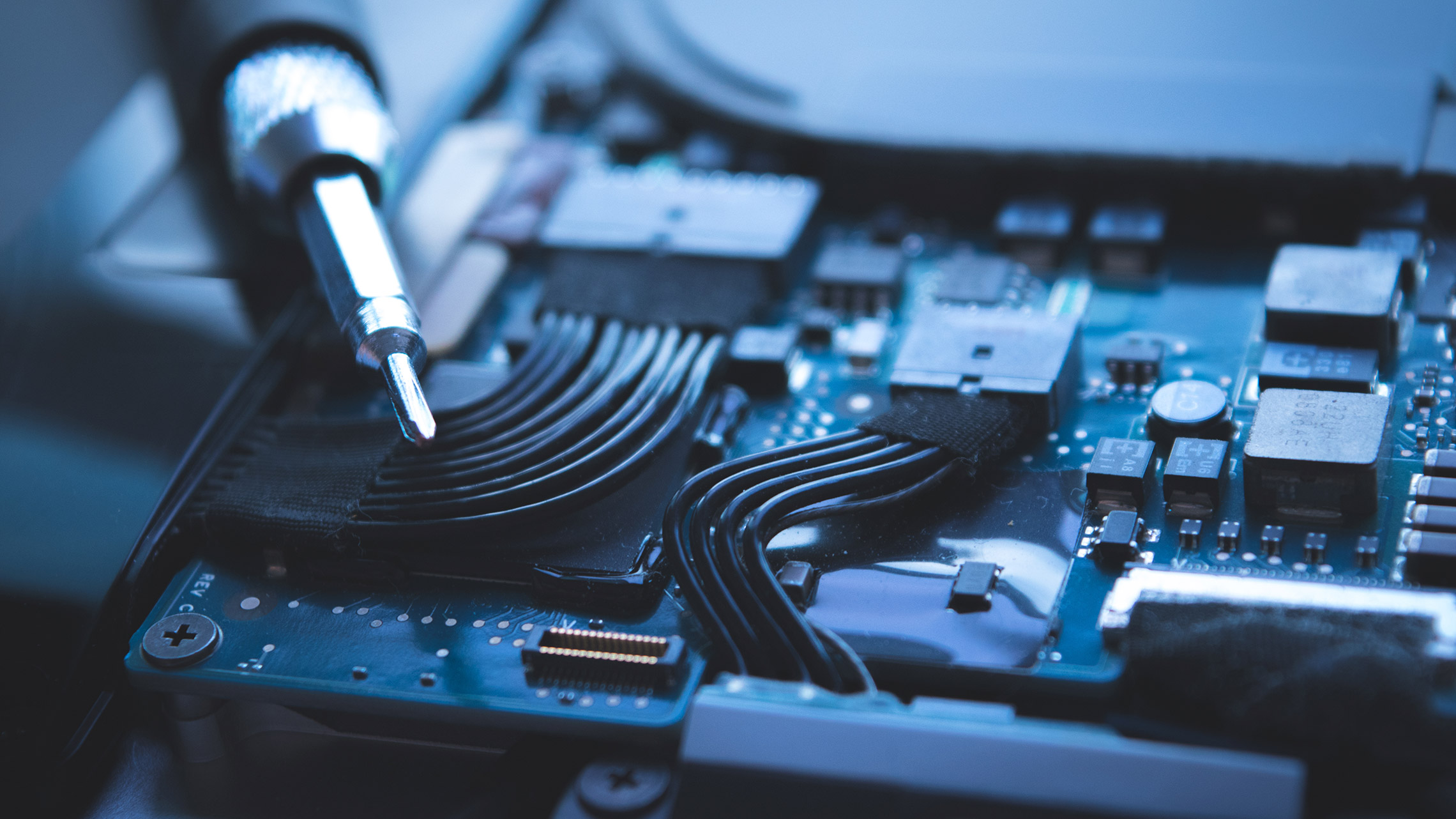Today we celebrate the International Day of Women and Girls in Science!

The International Day of Women and Girls in Science is celebrated on February 11th, and it was implemented in December 2015 by UNESCO, together with UN-Women and in collaboration with other partner institutions and civil societies.
Did you know that 33.3% is the global average percentage of female researchers, and only 35% of students in STEM fields - Science, Technology, Engineering, and Mathematics - are girls? According to the available data on the UNESCO website, gender stereotypes still exist, and there is insufficient encouragement for young girls to study and pursue careers in these fields. This is a global issue.
In Portugal, although in 2022 there was a higher percentage of women graduating in the fields of Natural Sciences, Mathematics, and Statistics (58.2% of graduates in this area), according to the Key Indicators 2023 from the latest gender equality statistical report, published by the Commission for Citizenship and Gender Equality (CIG), the engineering, manufacturing, and construction sector shows a clear difference in percentages: only 32% of graduates are female. The same report also shows that, regarding graduates aged 20 to 29 in Portugal and the EU27, the percentages of women in STEM fields are always lower, with only a slight increase between 2015 and 2021.
Real stories of women in engineering
Gender inequality is an issue that has been debated for centuries. Throughout history, many women have left a legacy, such as the well-known Ada Lovelace, the first computer programmer. In this article, we will introduce three personalities who contributed to the evolution of technology in electrical, computer, and aerospace engineering.
Edith Clarke: Electrical Ideas!

Starting with electrical engineering, Edith Clarke (1883 - 1959) was the first woman to obtain a master's degree through MIT and to have a career in this field in the United States. She invented the Clarke calculator, which allowed for the rapid calculation of equations involving electric current, voltage, and impedance. Later, she also contributed to the construction of more stable electrical grids.
"To model energy systems and behavior, Clarke created a technique using symmetrical components — a method for converting unbalanced three-phase systems into two sets of balanced phasors and one set of single-phase phasors. The method allowed engineers to analyze the reliability of larger systems" — information available on IEEE Spectrum.
She received several recognitions, including the Society of Women Engineers Achievement Award.
Grace Murray Hopper: A New Model of Programming

Grace Murray Hopper (1906-1992), who graduated in mathematics from Yale University, is recognized not only for her contribution to the fields of computing but also for her work in the Navy during World War II. Regarding computing, she was involved in the development of the IBM Automatic Sequence Controlled Calculator (MARK I), under the guidance of Howard Aiken.
Later, she proposed new programming models, including the possibility of writing programs using words, in a way similar to human language, instead of using symbols and mathematical expressions. Grace Hopper defied those who believed this method wouldn't work, continuing her research and developing FLOW-MATIC. This new programming method contributed to the expansion of computer commercialization and usage. Learn more about this researcher on the Yale University website.
Katherine Johnson: To infinity and beyond!

Katherine Johnson (1918 - 2020) worked for NASA, conducting research in the field of aerospace engineering. Graduated in mathematics from West Virginia State College (now West Virginia State University), she began working at NACA - National Advisory Committee for Aeronautics - which later became NASA - National Aeronautics and Space Administration.
During her career, she analyzed the trajectory for Alan Shepard's Freedom 7 mission in May 1961 and was part of the team that calculated the trajectory for the Apollo 11 rocket in 1969. She also worked on the development of the Space Shuttle and the Earth Resources Technology Satellite (ERTS, which later became Landsat). Read more about this researcher on the NASA website.
ElectroScience: Special Women
Even with the contributions of many women throughout history, there is still a need to cultivate young girls' interest in various STEM fields. With the goal of showcasing the latest advancements in the research areas of the Department of Electrical and Computer Engineering (DEEC) and marking the months celebrating International Day of Women and Girls in Science and International Women’s Day, throughout February and March, content will be shared based on interviews conducted with our researchers.
In the first article, Catarina Barata, professor of DEEC and a researcher at the Institute of Systems and Robotics, explained how artificial intelligence could be used in the triage and diagnosis of cancer patients.
The future of science is built today!
For the writing of this article, the following sources were consulted, where you can find more information:
